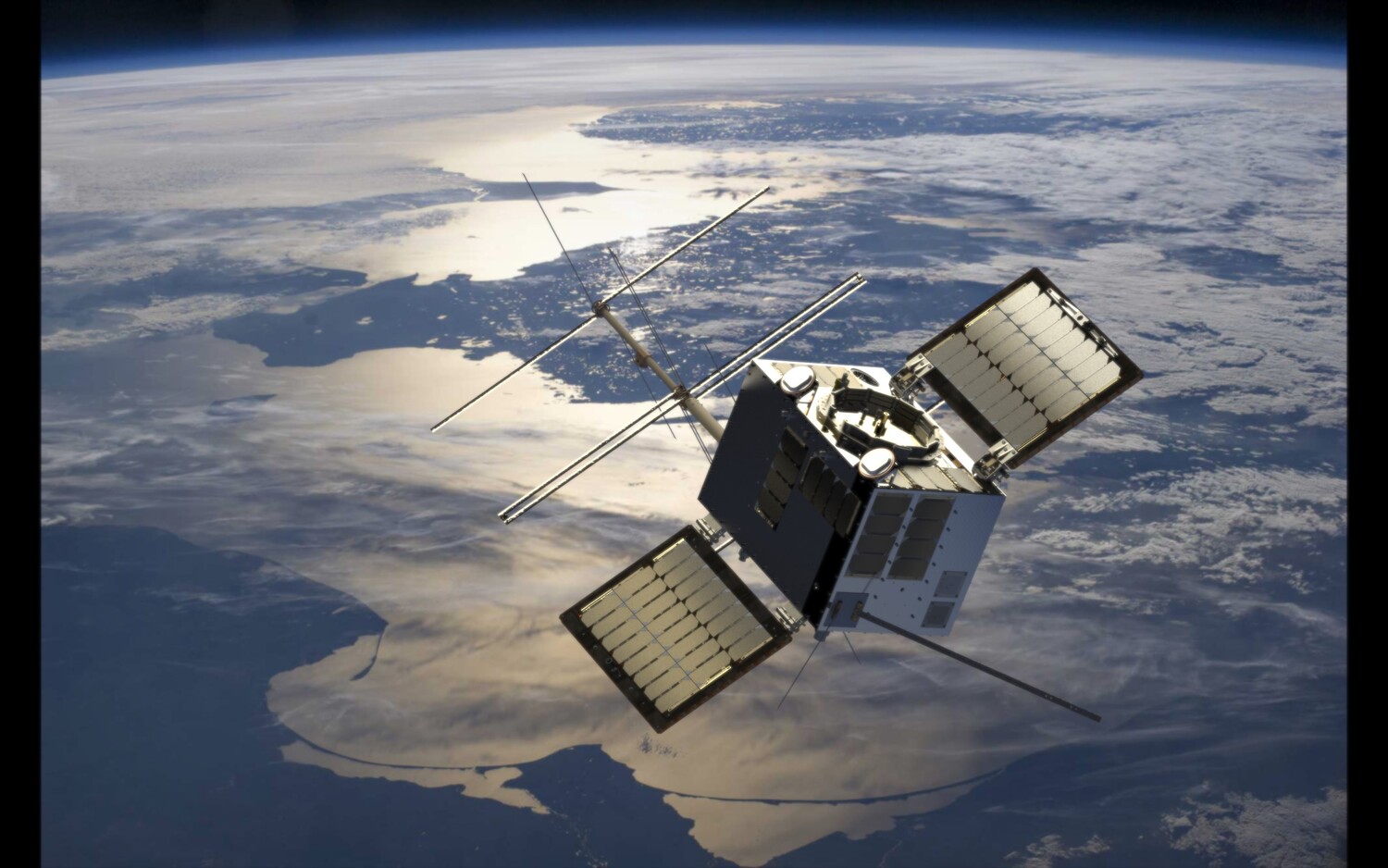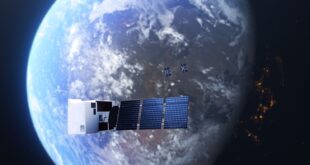
Ibadan, 5 February 2024. – The NorSat-TD demonstration microsatellite has successfully transferred data to a ground station using optical communications technology. Space Flight Laboratory (SFL) developed the demonstration satellite for the Norwegian Space Agency (NOSA), and the accomplishment is a first for a Dutch-built laser communication device and among the first achieved by a microsatellite.
Optical, or laser, communications between a satellite and ground station enable faster and more secure transmission of larger data sets than typically possible with radio communications. Furthermore, the reliable delivery of data that a satellite collects or relays is vital to most low Earth orbit applications, including Earth observation, telecommunications, atmospheric monitoring, maritime ship tracking, and space astronomy.
Two technologies are critical for optical satellite communications. The first is precise attitude control – a challenge for low-mass spacecraft – that allows the microsatellite to accurately and continuously point at the ground station for several minutes as the spacecraft passes overhead at 7.5 km per second. In response to this, NorSat-TD incorporated barrier-breaking small satellite stability and pointing capabilities which SFL developed and refined over several operational missions.
The second and equally important key to optical satellite-to-ground communication is a high-quality onboard laser terminal with a fine steering mirror that locks the extremely narrow optical beam onto a ground station beacon. The Small Communication Active Terminal (SmallCAT) laser communication system aboard NorSat-TD was developed by a consortium of organizations led by TNO (The Netherlands Organization for Applied Scientific Research) of the Netherlands.
Speaking on the technological achievement, SFL Director Dr. Robert E. Zee, said, “The successful demonstration of satellite-to-ground communication by the 35-kg NorSat-TD microsatellite greatly expands the utility of affordable smaller satellites that are more cost-effective than traditional spacecraft to develop, launch, and operate.”





